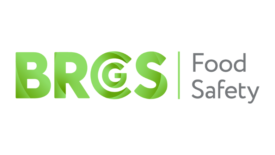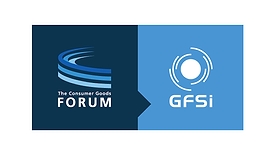Home » Keywords: » audits
Items Tagged with 'audits'
ARTICLES
Why a Paradigm Shift is Needed in Food Safety Auditing
The future of food safety auditing will be different from what we know today, but the pace of change must be faster
February 6, 2023
The Inputs and Outputs of Vendor Certification Food Safety and Regulatory Requirements
Vendor certification is paramount for ensuring that companies are adhering to food safety and regulatory requirements
April 21, 2022
Advanced Technology for Improving Virtual Audits and Inspections
Technology advances continue to enhance remote evaluations, but the format must overcome inevitable challenges
April 18, 2022
Never miss the latest news and trends driving the food safety industry
eNewsletter | Website | eMagazine
JOIN TODAY!Copyright ©2025. All Rights Reserved BNP Media.
Design, CMS, Hosting & Web Development :: ePublishing









.png?height=168&t=1652234004&width=275)

